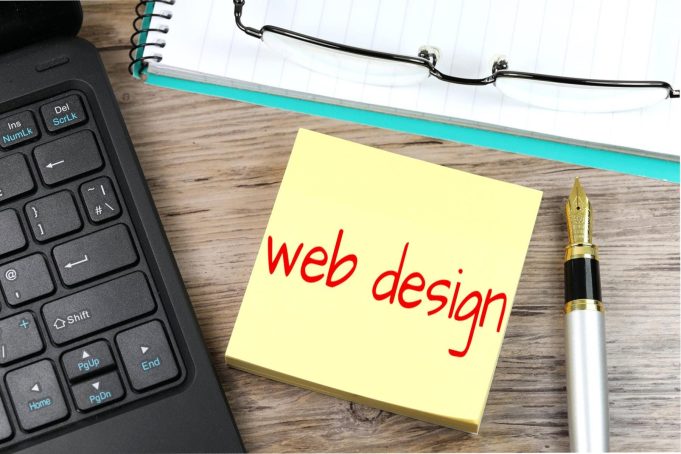Internet of Things devices are revolutionizing our interaction with technology. IoT devices, such as smart homes and industrial automation, are changing our lives. Web design is not an exception. As the IoT landscape continues to grow, designers of web experiences will be faced with new challenges as they strive to create seamless integrations between connected devices and IoT. Explore the current situation of web design and IoT to see how designers are adapting.
Understanding the Internet of Things
The Internet of Things (IoT) is a network of interconnected, connected devices embedded with software and other technologies that can collect and transmit data via the Internet. These devices include everything from commonplace objects such as smart thermostats or wearable fitness tracking devices to sophisticated industrial machinery and autonomous cars. IoT, by connecting devices to the web, allows for remote monitoring and control as well as automation. This can lead to an increase in efficiency, convenience, innovation, and productivity across many industries.
Web Design And IoT
In the era of IoT, web interfaces will become increasingly important to allow users to remotely control and interact with these devices. Web design is essential for creating intuitive and user-friendly interfaces that enable users to interact and monitor their connected devices via any internet-enabled device. This includes smartphones, tablets, computers, etc. User experience (UX), whether it is adjusting the thermostat temperature on a smart device, monitoring the energy consumption, or receiving notifications from security cameras, is essential to ensure seamless interaction and functionalities.
IoT Web Design – Challenges
IoT is a unique design challenge that’s different from the traditional web. Designing interfaces for IoT platforms that are responsive, adaptable, and compatible with different screen sizes is a major challenge, especially since users may be accessing IoT from their smartphones, tablets, and desktop computers. IoT website designers must also prioritize accessibility to ensure that all users can enjoy the experience.
The design of interfaces which effectively convey the data and insights generated by IoT is a challenge. Due to the large amount of data that sensors and connected devices collect, designers need to find a way to make it clear, meaningful and useful. Data visualization techniques like charts, graphs, interactive dashboards and other data visualisation tools are crucial in helping IoT data to be understood and interpreted by users.
Security is also of paramount concern for IoT website design as devices connected to the Internet are vulnerable. Designers are required to use robust security methods, including encryption, authentication, and authorization, in order to protect user information and ensure the integrity, confidentiality, and privacy of IoT communications.
Opportunities To Innovate
IoT, despite the challenges it presents, offers innovative opportunities in web design. Designers are able to create immersive and personalized experiences that anticipate users’ needs and preferences by using AI, machine-learning (ML) or augmented reality. AI-powered Chatbots are able to provide real-time help and support for users using IoT devices. AR interfaces allow contextual information and instruction to be overplayed onto physical objects.
IoT allows seamless integration of other emerging technologies like voice assistants and intelligent speakers. Designers are able to create voice-enabled GUIs that enable users to control IoT using natural language commands.
IoT design allows for the creation and integration of multiple devices, services and ecosystems that work together to enhance functionality and provide a better user experience. By designing holistic, interoperable solutions designers can unlock IoT potential and create cohesive, digital ecosystems to enhance productivity, efficacy, and quality-of-life.
Conclusion
Web designing and IoT are both characterized by challenges and opportunities. As IoT continues reshaping the world, web designer Denver have a critical role to play in creating intuitive, secure, and immersive interfaces to allow users to interact and control connected devices effortlessly. Designers can unlock IoT potential by addressing issues like data visualization, security, and accessibility. This will allow them to create innovative and engaging user experiences. As the IoT landscape evolves, designers will need to be able to adapt to and innovate in order to meet the needs and expectations that users have as they move into a more connected world.
Apart from this, if you are interested to know more about Web Development Services then visit our DIGITAL MARKETING category

















